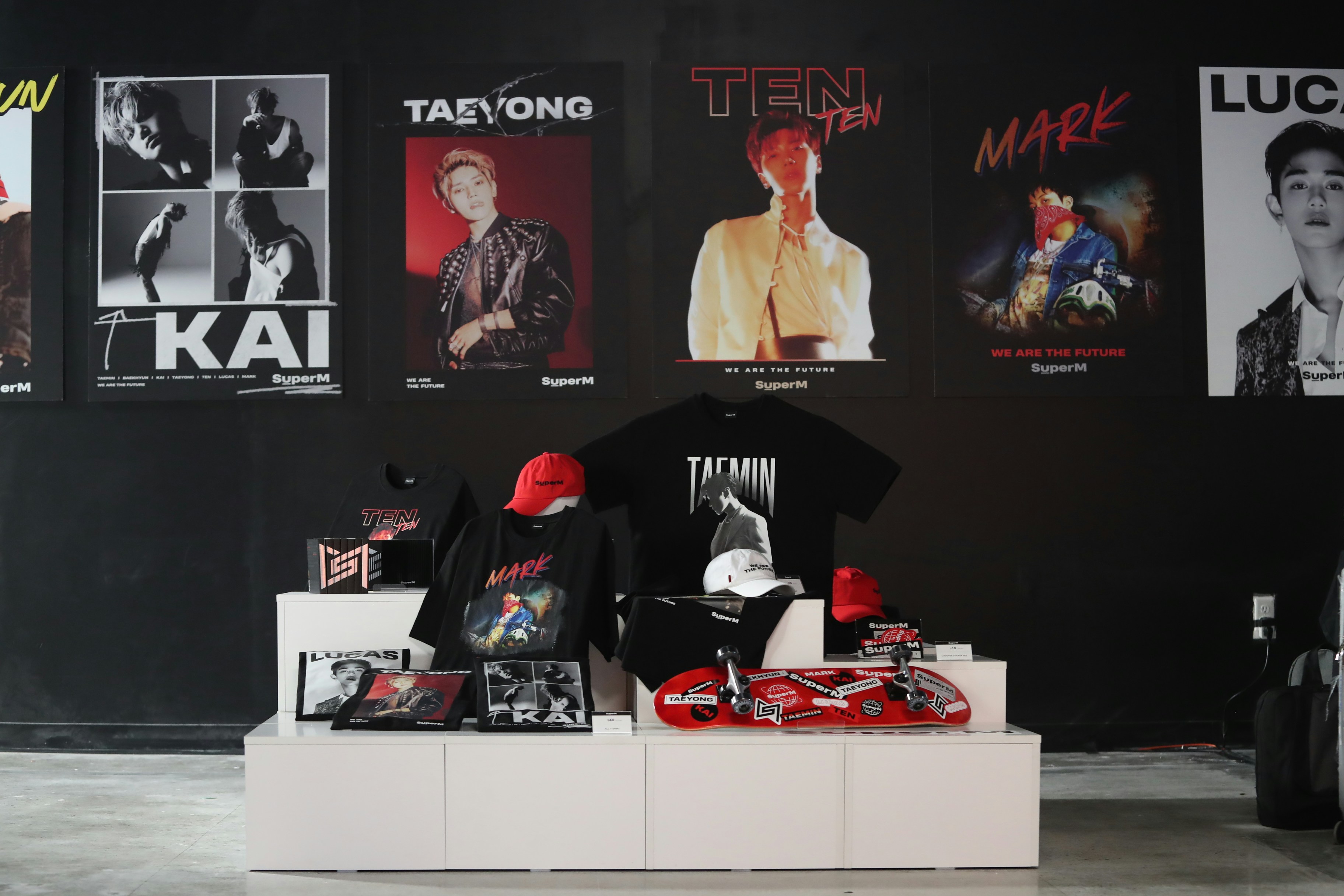An Odyssey into the World of Virtual Reality Art: A New Horizon
An awe-inspiring revolution is unfolding before our eyes in the world of art, as the digital realm continues its relentless expansion. Virtual reality art is transforming the way we appreciate and interact with creative expression, reshaping the landscape of the art world, and challenging the traditional notions of what art can be.

Virtual Reality Art: A Historical Perspective
The concept of virtual reality (VR) is not a new one. It has been a part of our cultural imagination since the 1950s, when sci-fi author Stanley G. Weinbaum introduced the idea of a pair of goggles that let the wearer experience a virtual world in his story “Pygmalion’s Spectacles”. However, the application of VR technology in art is a more recent development. In the late 1980s and early 1990s, artists began experimenting with VR, creating immersive digital environments that allowed viewers to step inside the artwork itself.
The Current Landscape: VR Art in the Digital Age
Today, VR art is witnessing a dynamic evolution. With the increasing accessibility of VR technology, more artists are exploring this medium, and the results are nothing short of breathtaking. Artists like Marshmallow Laser Feast and Rachel Rossin have gained international acclaim for their groundbreaking VR artworks. They are redefining artistic boundaries, creating immersive digital landscapes that transport viewers to otherworldly dimensions and offering a new way to experience art that is both intimate and interactive.
Making Waves: The Impact of VR Art
The impact of VR art on the cultural landscape is profound. It is not just a new medium for artistic expression, but a new way of experiencing art altogether. VR art allows for a level of viewer engagement that is unparalleled, creating immersive experiences that are both visceral and emotive. It opens up new possibilities for storytelling, allowing artists to weave complex narratives that envelop the viewer in a fully realized digital world. Moreover, it democratizes art, making it accessible to a wider audience.
The Future of VR Art: A New Frontier
The future of VR art is indeed promising. As technology continues to advance, so too will the scope and depth of VR art. Artists will continue to push the boundaries of what is possible, creating increasingly sophisticated and immersive experiences. Moreover, as VR technology becomes more affordable and accessible, we can expect to see a rise in the number of artists embracing this medium, further expanding the horizons of the art world.
VR Art: A Paradigm Shift
Virtual reality art represents a paradigm shift in the world of artistic expression. It challenges our traditional notions of what art can be, pushing the boundaries of creativity and innovation. It invites us to step inside the artwork, to become a part of the narrative, to experience art in a deeply personal and immersive way. It is a testament to the limitless potential of human imagination and a glimpse into the future of art.
From its humble beginnings in the late 20th century to its current status as a groundbreaking artistic medium, VR art has come a long way. As we stand on the brink of a new era in the art world, one thing is certain: the journey of VR art is only just beginning, and it promises to be an exhilarating ride.




